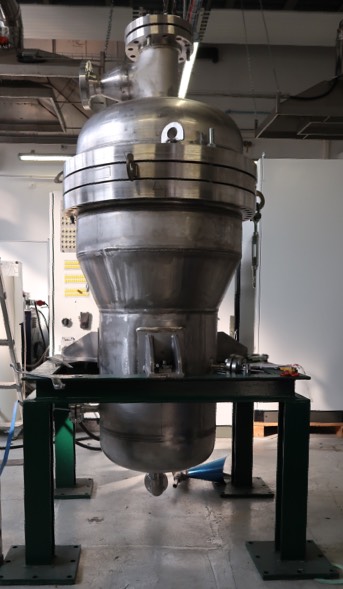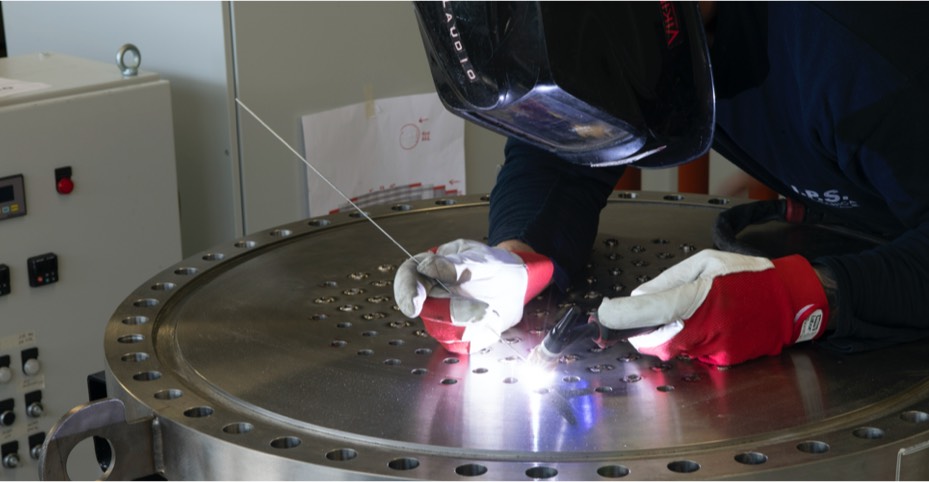Context
The decarbonization objectives for the European Union are reviewed and updated every year. In 2019 the goal was set to bring the European continent completely climate-neutral by 2050.
Achieving this result involves the progressive reduction of the impact of industrial processes on the environment.
Project goals
Within the European Horizon2020 program, there are numerous projects dedicated to the development of membranes reactors.
The 3 from which MACBETH originated are:
BIONICO (focused on the production of pure hydrogen from biogas),
CARENA (focused on propane dehydrogenation),
ROMEO (homogeneous catalysis of various processes).
These projects have brought membrane reactor technology to a Technology readiness level (TRL) 5.
MACBETH intends to continue the technology development by achieving a TRL factor of 7, a Step before large-scale commercialization.
The new technologies developed by MACBETH project promise a reduction of up to 35% of emissions and an increased efficiency by 70% for industrial processes.
Thanks to components’ simplification and optimization, investments in Capex (capital) and Opex (operating expenses) will be cut by 50% for the former and 80% for the latter.

Project steps
- Exploitation & Business Plan:
Early business case definition, clear understanding of market barriers and needs, regulatory framework and potential risks. - Project Management and Coordination:
To ensures an effective project management all along the execution of the work plan which includes the following actions: Overall administrative, contractual and financial reporting Organization of project meetings Coordination of internal communication Risk planning - Building Blocks:
Technical work package where the individual building blocks will be further optimized and tested before the final scale-up to TRL7. The supports, catalysts and membranes will therefore be further developed, testing their performance and their interactions. - Scale up building blocks:
The optimized building blocks (supports, catalysts and membranes) from the third step, will be scaled up to TRL7 for the installation in all the demo plants. - Engineering:
Demo plants (5 in total for 4 lines) will be engineered following these steps: Engineering of case demonstration units (engineering design and construction for all cases) Procurement, manufacturing of components and construction of pilot demonstration units Conceptual engineering of full-scale industrial plant - Demonstration:
Final commissioning and demonstration of the demo plants at TRL7 for a cumulative demonstration runtime of more than 8000 h. - Modelling:
Translation of the general framework established in the initial business model into a coherent set of specifications for the CMR systems that will be demonstrated within the project, as well as defining the requirements of the different materials and their scale up. - Dissemination & Education:
Run throughout the whole project, feeding from the results of previous work packages, and providing support to exploitation of project results through highly focused communication and dissemination activities. This work package will also pave the way for an effective education of the chemical industry regarding CMRs.
Ici Caldaie’s rule
ICI Caldaie designed and built the heart of the project: the reactor where we installed the membranes for the separation of pure hydrogen.
The membranes, developed by TUE (Eindhoven University of Technology) and TECNALIA, are introduced into a mixture of gases comprising reagents, products and catalysts. The chemical reaction for biogas transformation into hydrogen, as well as the one for the propane dehydrogenation, to take place needs special catalysts and temperatures around 500 °C.
Thanks to the membranes and their permeability to hydrogen, it is possible to separate hydrogen from the reaction environment thanks to the partial pressure difference between the upstream and downstream sectors of the membranes. All this takes place inside the reactor developed by ICI. The rest of ICI Caldaie’s activities concerned the assembly of the Bionico package with all its internal and external components. The package includes control systems, the connection of the reactor inputs and outputs, the management of cooling fluids, and the control of chemical reactions. In other words, the complete machine, ready to be put into operation. Thanks to the ICI Caldaie laboratories, it was, therefore, possible to start the system and generate hydrogen.


